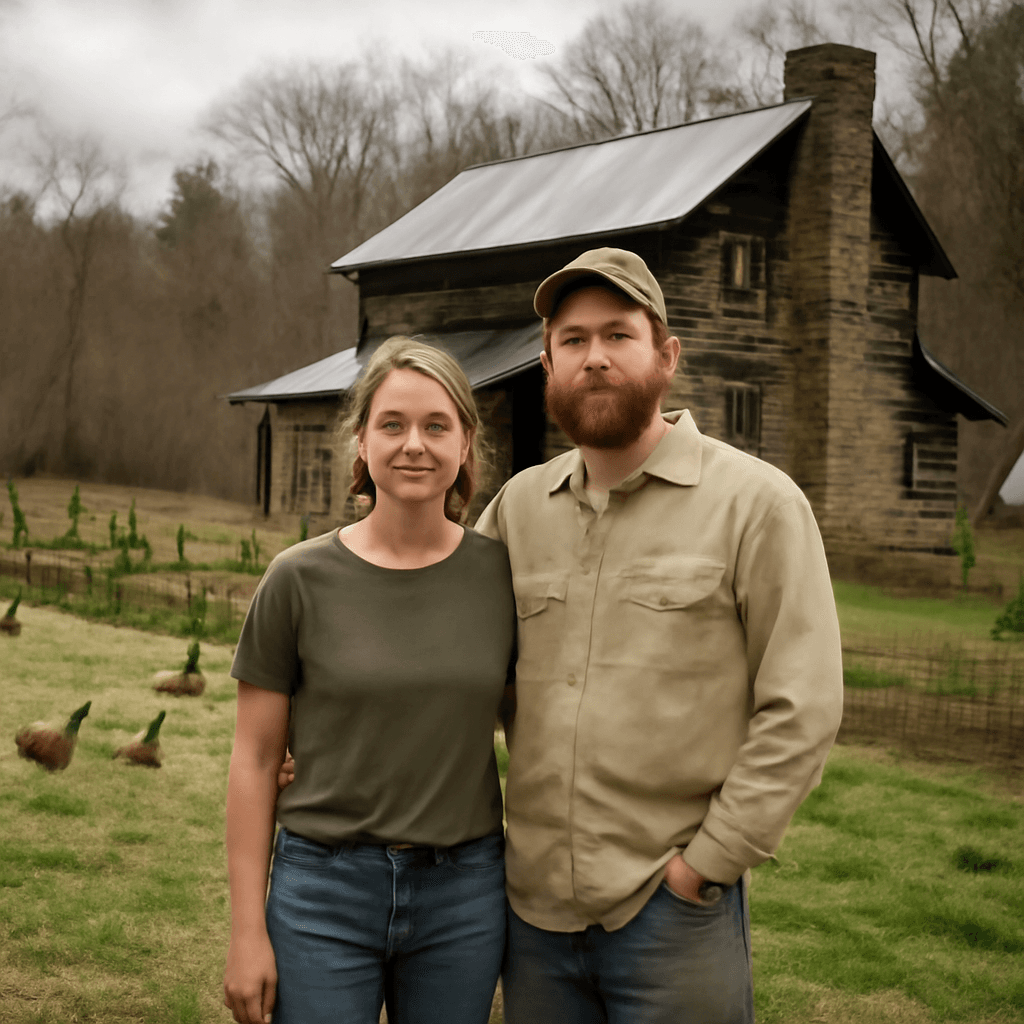The Rise of the Soft Life Movement: More Than Just a Trend
In today’s relentlessly fast-paced world, the Soft Life philosophy is gaining momentum as a refreshing antidote. But what exactly does it mean to live the soft life? At its heart, it’s about embracing intentional living—prioritizing self-care, comfort, and meaningful moments over the constant rush and overwhelm.
Setting Boundaries: The Art of Saying No Without Guilt
One of the cornerstone practices of the soft life is learning to protect your time and energy. Saying no can feel uncomfortable, especially in a culture that values busyness. Yet, establishing clear boundaries is essential for emotional health and sustained well-being. Experts in psychology emphasize that guarding your time fosters better relationships and reduces burnout.
Practical Tips:
- Politely decline engagements that don’t align with your values or goals.
- Reserve designated "offline" hours for rest and personal priorities.
- Communicate your limits assertively but kindly.
Prioritizing Rest: Sleep and Stillness as Non-Negotiables
Incorporating sufficient rest—whether quality sleep, restorative naps, or peaceful mornings—forms the bedrock of a soft life. Sleep deprivation is a public health concern in the US, linked to diminished productivity and chronic health issues. By making rest sacred, you not only replenish your body but also sharpen your focus and creativity.
Creating Slow Rituals: Finding Joy in Everyday Moments
Slow rituals anchor daily life, providing gateways to calm and presence. Simple acts like sipping tea without distraction, morning walks, or lighting a candle at dinner transform routine into nourishment for the soul.
As mindfulness expert Jon Kabat-Zinn notes, such intentional pauses cultivate a state of awareness essential to emotional resilience.
Decluttering Your Calendar: A Mindful Approach to Commitments
Modern life bombards us with opportunities and obligations, creating packed schedules that may drain rather than enrich. Embracing the soft life means curating your commitments to only those that genuinely bring joy or foster growth. This mirrors principles from productivity research advocating for focused, purposeful engagement over multitasking.
Savoring the Small Things: Elevating Everyday Pleasures
The soft life encourages us to relish simple, beautiful moments—watching sunsets, arranging fresh flowers, enjoying home-cooked meals, or exchanging handwritten notes. These little joys nurture gratitude and deepen our connection to the present.
Investing in Comfort: Making Your Space a Sanctuary
Transforming your environment into a haven promotes relaxation and well-being. Soft clothing, cozy corners, and soothing music don’t just feel good—they signal to your brain that it’s safe to unwind. Interior designers increasingly highlight such elements as essential for mental health within the home.
Mindful Tech Use: Designing Digital Boundaries
While technology connects us, it can also overwhelm. Regular unplugging creates vital mental breathing room. Experts warn against excessive screen time’s impact on sleep and stress levels. Cultivating mindful tech habits—like phone-free mornings or digital detoxes—bolsters clarity and emotional balance.
Bonus Insight: Scent Styling for Emotional Harmony
Adding the right aromas to your living spaces can enhance tranquility and mood. Lavender, chamomile, and sandalwood are favorites for relaxation, while citrus scents energize. Incorporating scent styling turns your home into a multisensory sanctuary aligned with soft life ideals.
Why the Soft Life Matters: A Cultural and Economic Perspective
In an era defined by economic uncertainty, digital saturation, and rising mental health challenges, the soft life offers a healing blueprint. It counters toxic productivity culture and encourages sustainable well-being. For US policymakers and employers focusing on work-life balance initiatives, understanding and supporting such lifestyle shifts could prove transformative.
Critical Reflection: Is the Soft Life Accessible to All?
While appealing, the soft life’s accessibility raises essential questions. Economic disparities, caregiving duties, and systemic pressures may limit some individuals’ ability to slow down. Advocates argue for societal changes that enable broader adoption, including mental health resources, workplace flexibility, and community support.
Editor’s Note
The soft life movement resonates as an urgent invitation to reclaim our time, health, and joy amidst a chronically hectic world. It challenges entrenched norms of constant productivity, urging us instead to embrace rest, boundaries, and mindfulness as forms of empowerment. Yet, as we reflect on its benefits, important conversations about equity and access must accompany this lifestyle’s popularization. The question remains: How can society better support all individuals in living softly and well?












